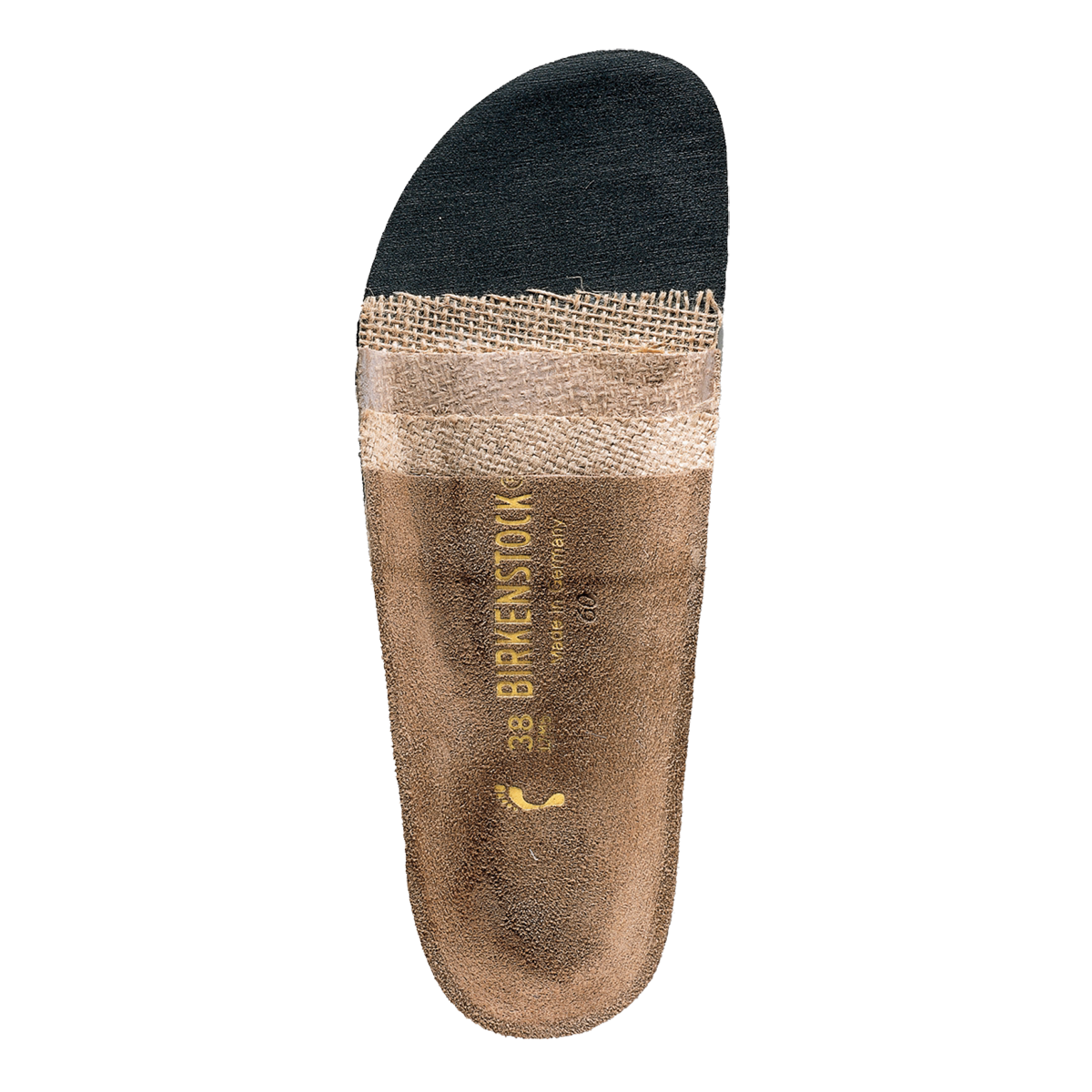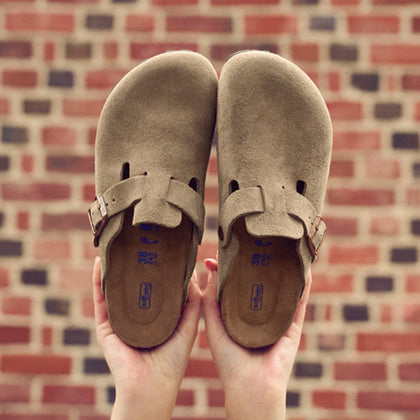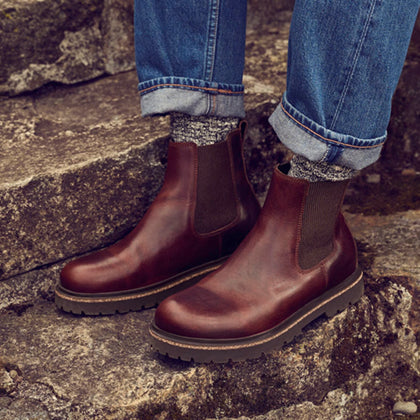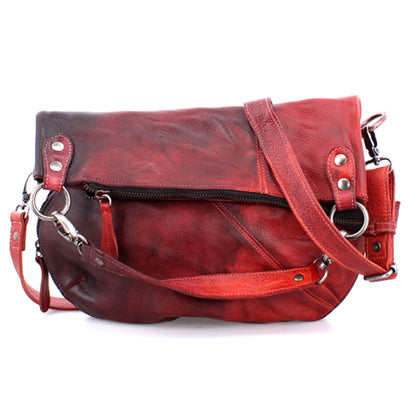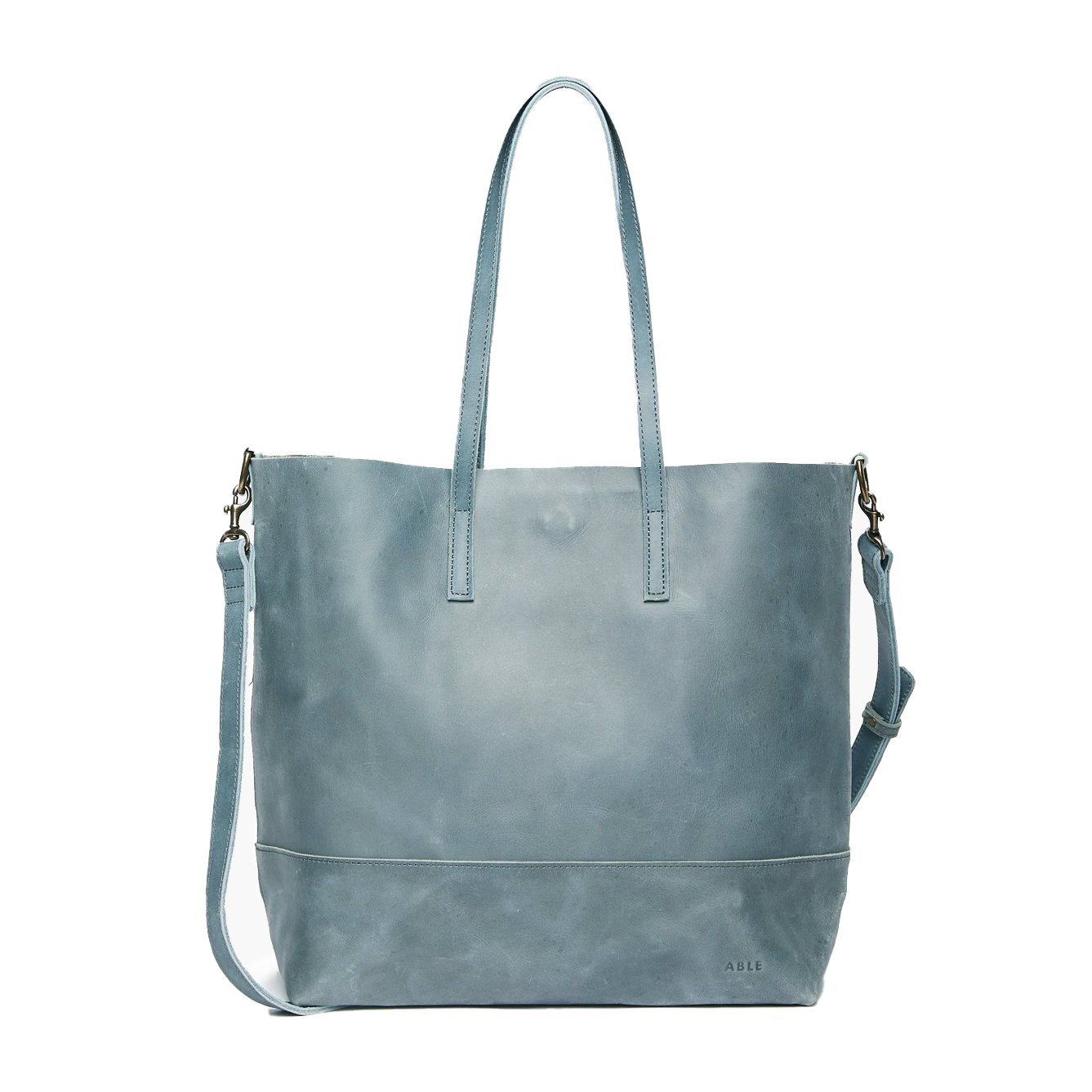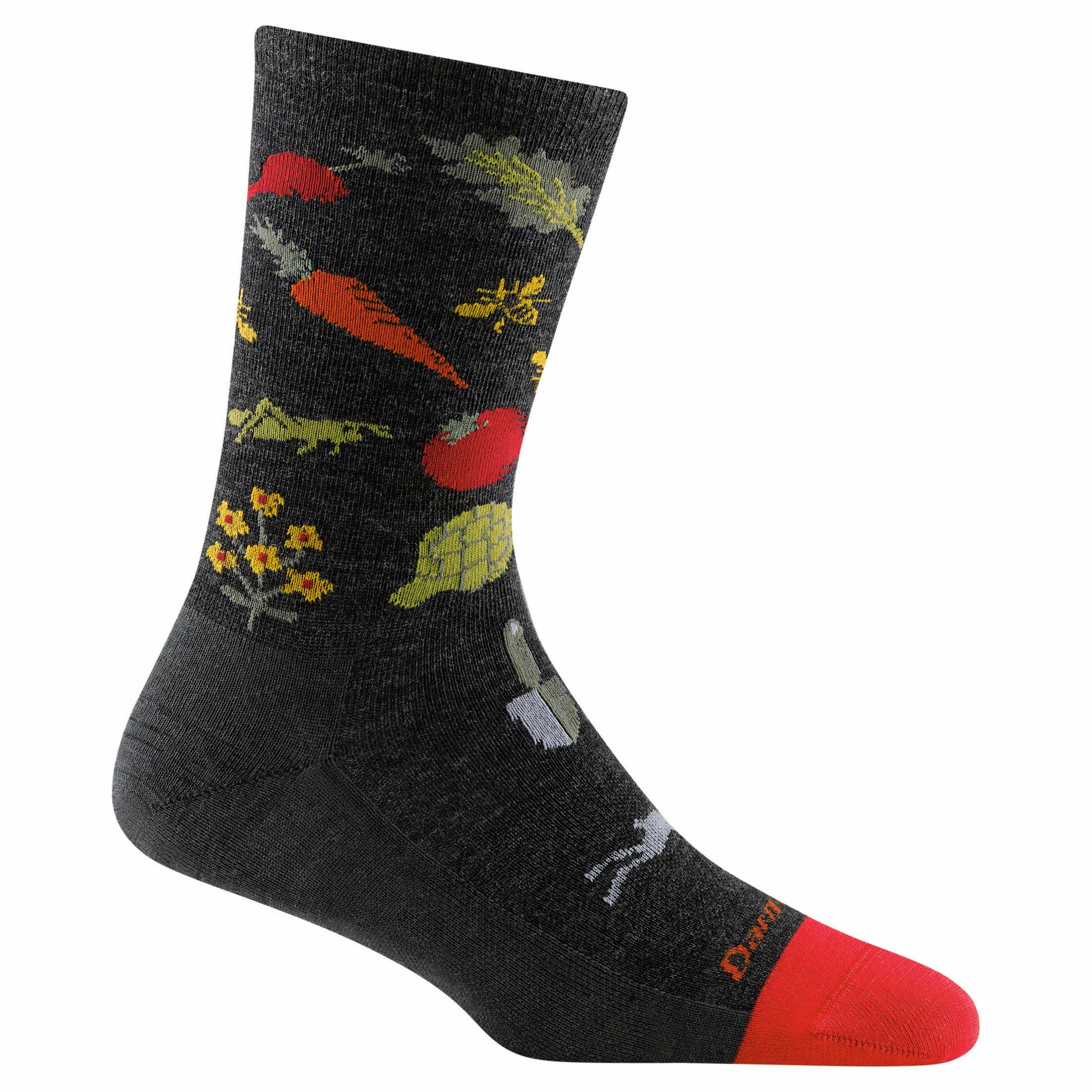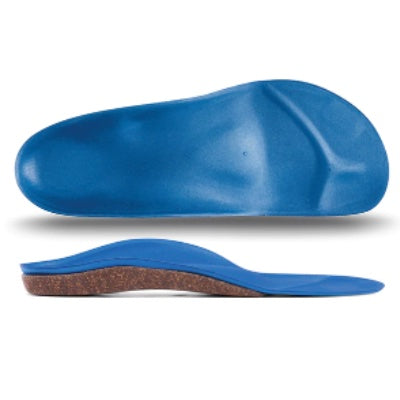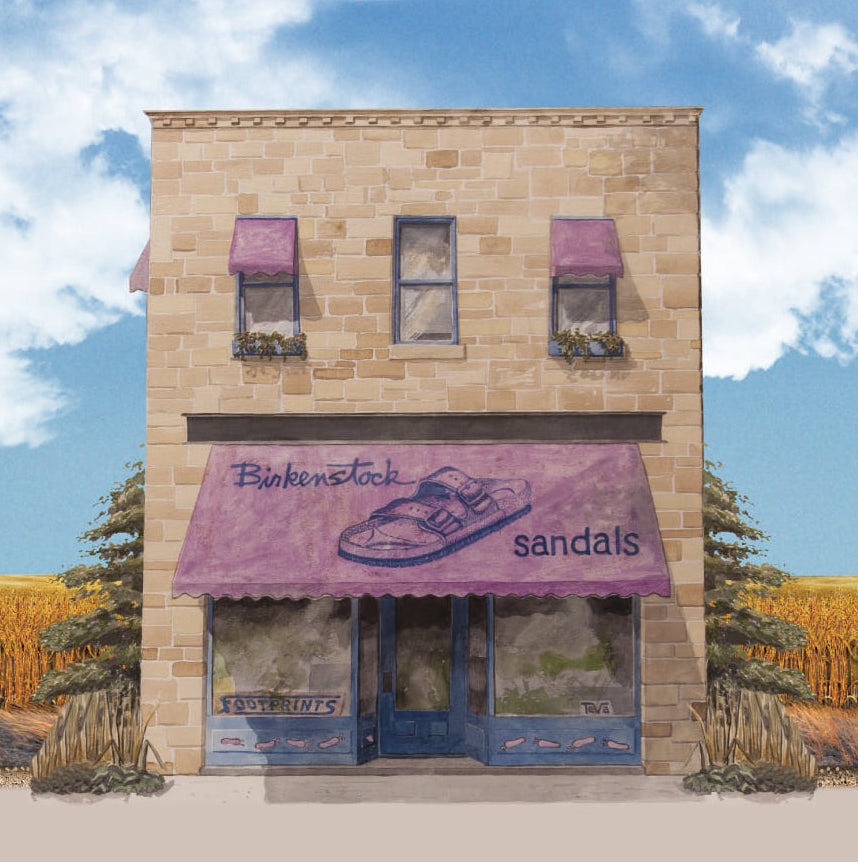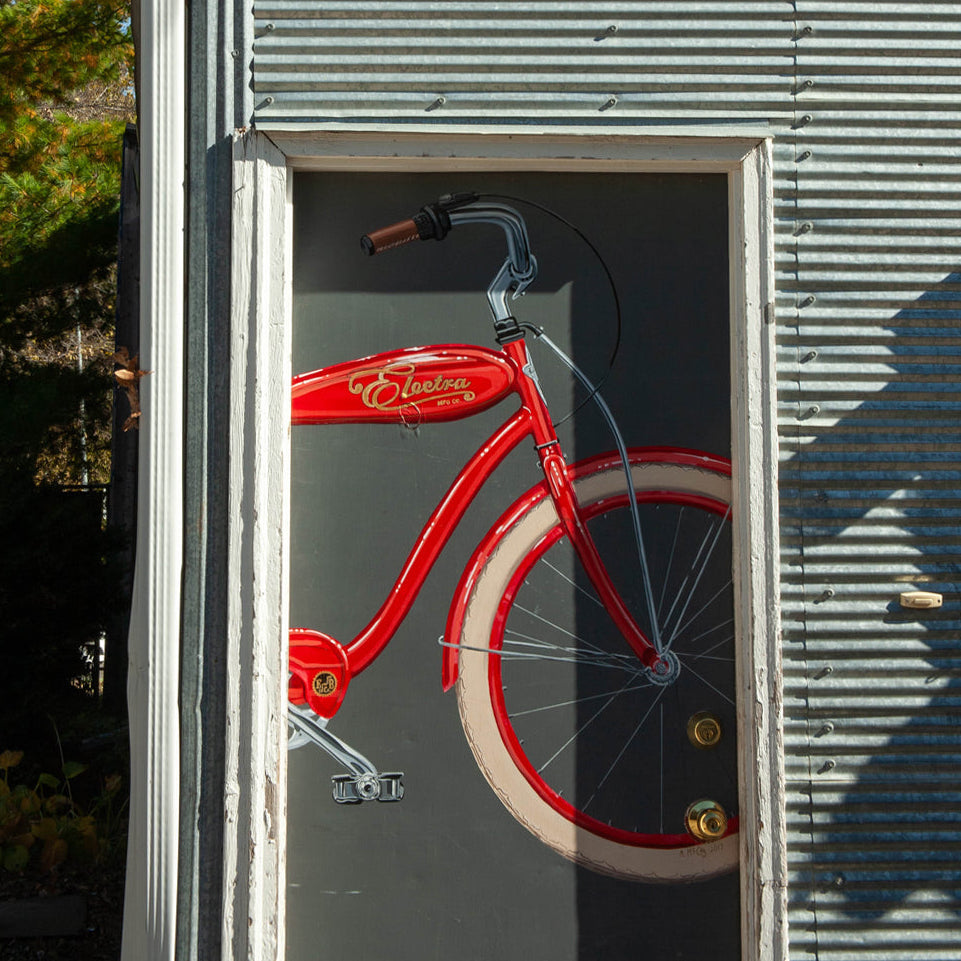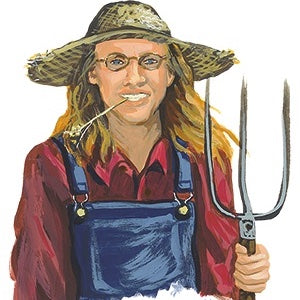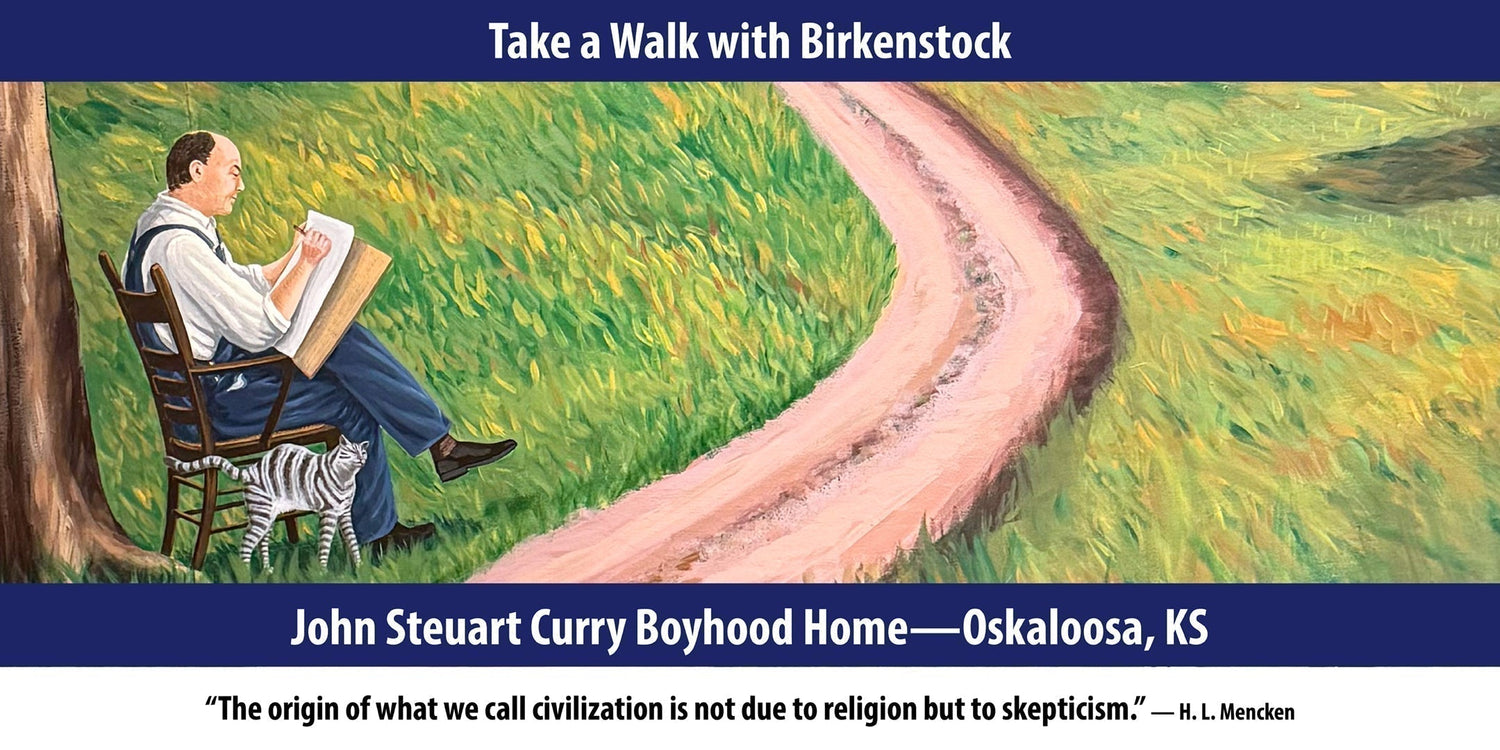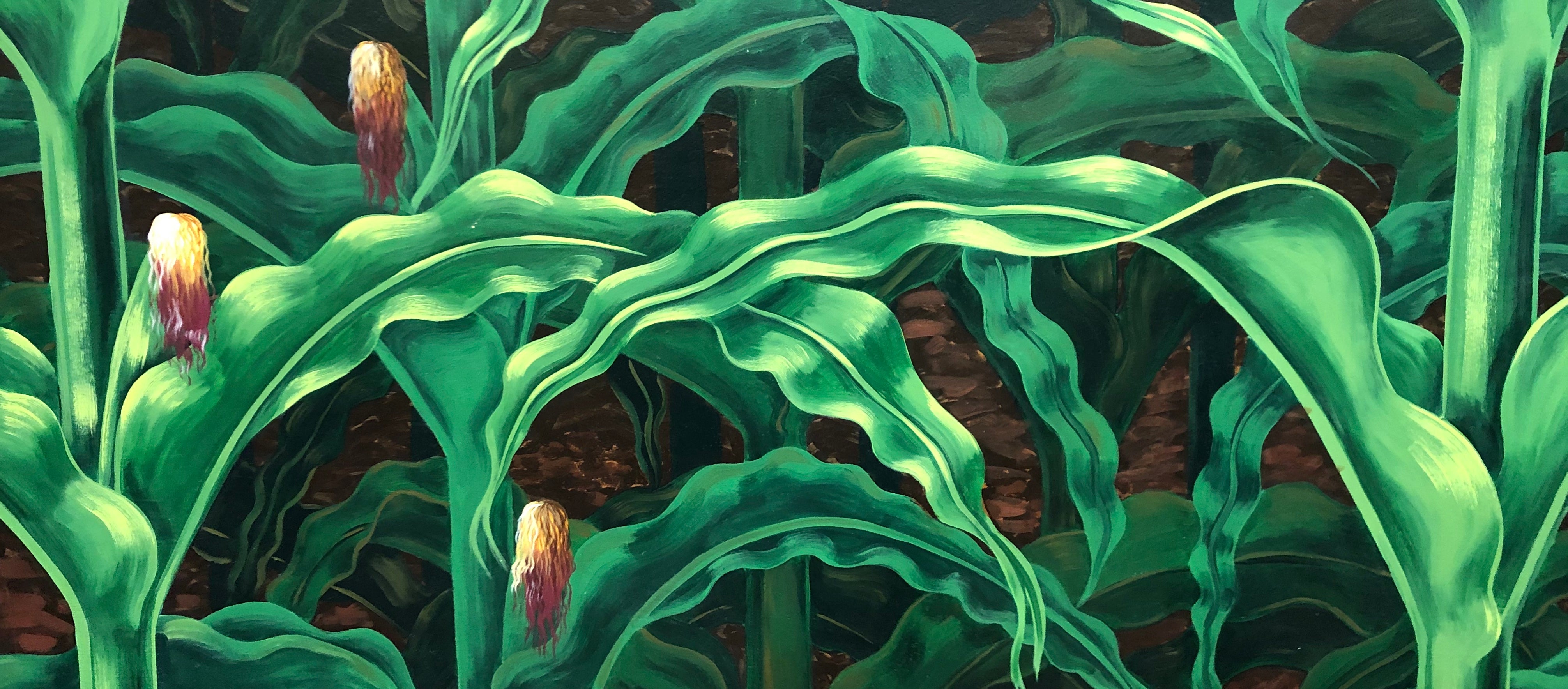In November 1936, the first issue of Life Magazine was published. In that issue, a major article on the life and work of Regionalist painter John Stuart Curry appeared. The murals in the Footprints storefront are an homage to Curry's work. He became nationally known when his Baptism in Kansas painting was purchased by the Whitney Museum in 1928. I always wondered why Curry became as famous as both Thomas Hart Benton and Grant Wood, since they seemed to be more accomplished painters with more dynamic personalities or charisma. My theory is that the 1925 Scopes Monkey Trial was the basis for Curry becoming a celebrity.

That trial was one of those national spectacles, a "trial of the century" captivating the entire country. The nation avidly followed the trial on their newly purchased radios. The Butler Act, which passed in Tennessee, prohibited teaching the theory of evolution in any school receiving state funding. This trial pitted Clarence Darrow against William Jennings Bryan. It was a battle of science/modernism against religious fundamentalism. Two hundred members of the press descended upon Dayton, TN to cover the trial. H. L. Mencken of the Baltimore Sun was the most prominent journalist. Mencken delighted in ridiculing the fundamentalist side. He coined the terms "monkey trial," "Bible Belt" and "booboisie." He was merciless. The jury consisted of all white farmers, regular churchgoers. The judge was unapologetically a fundamentalist. Not surprisingly, the fundamentalist side won but would likely lose upon appeal with a different venue. Like the O.J. Simpson trial, the nation was split as to the correctness of the verdict depending upon which side you were on.

"Baptism in Kansas" by John Stuart Curry, 1928. Oil on canvas, 40 1/4 x 50 1/4 in. Whitney Museum of American Art, New York.
We were divided long before we became a nation in 1776. The Enlightenment movement spawned a backlash known as The Great Awakening. The Enlightenment followers had skepticism and doubt. To satisfy their uncertainty, they turned to nature to discover clues as to what to believe. The Great Awakening movement had a moral certainty since they were informed by God.


The Roaring Twenties dramatically changed America, urban areas changed far more than rural ones. We were rapidly becoming a mass consumer society driven by the rise of new forms of mass media. Change is upsetting if you believe it is harmful to your beliefs. When the Scopes Trial occurred, urban people viewed the fundamentalist with some bewilderment. There was a curiosity to understand the other side. Perhaps art could be a bridge to understanding, as art tends to have a more urban audience.
Baptism in Kansas, the painting which made Curry famous, depicts a fundamentalist sect's act of baptism occurring in a farm stock tank. Normally their baptisms would occur in a creek, but that year of drought caused the creeks to run dry. Unlike H. L. Mencken, Curry was respectful in his depiction of these people. These were his friends and neighbors he was portraying. Mencken's sharp wit vilified the fundamentalists and Curry's work helped explain the fundamentalist with affection. Condescension and sarcasm only help to alienate people. Curry's honest portrayal of his background propelled him to national acclaim.


The boyhood home of John Steuart Curry was moved off of its original foundation on a nearby farm into the Old Jefferson Town Park in Oskaloosa, KS. The restored home is open to the public and has various displays with artifacts pertaining to his life. You can visit to learn more about Curry and his authentic and thoughtful portrayal of Kansas farm life and people.

Take a walk with Birkenstock.


